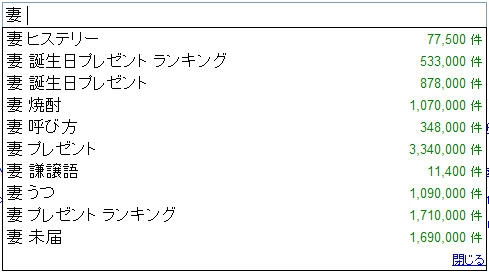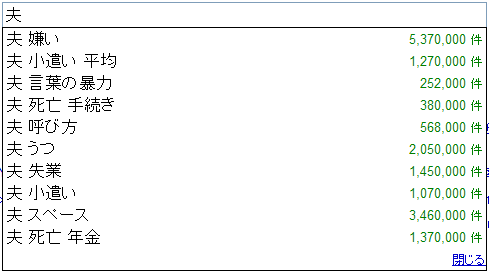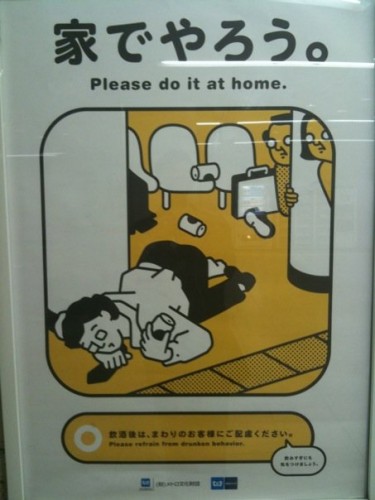Sunday, Jan. 24, 2010
Nudes land photographer in trouble
Kyodo NewsPolice plan to send papers to prosecutors shortly on photographer Kishin Shinoyama on suspicion of public indecency for shooting photos of nude models in public spaces for a book, sources said Saturday.
The police are consulting with the Tokyo District Public Prosecutor’s Office on sending papers on the 69-year-old photographer and two female models, the sources said.
“Send papers to prosecutors” is a crude (but accurate) English translation of 書類送検 or shorui souken, a word frequently seen in Japanese news stories with no statutory basis or definition. What does it mean, and at what stage is Shinoyama in the criminal prosecution procedure?
“Sending papers” describes a situation where police officers have not arrested someone, or initially arrested them and released them, and then send the relevent evidence that identifies the suspect with the criminal offense. The word “sending papers” is not actually used by the police or prosecutors and does not appear in any criminal procedure legislation, but is a correct explanation of what happens — Article 246 of the Criminal Procedure Law obliges the police to promptly send all papers and evidence regarding the suspect and the incident (and information regarding confessions). Prosecutors can, and do, designate that some minor crimes be up to the discretion of the police to process independently or to decide at their discretion whether or not to send papers.
The background to Shinoyama’s case is that the photographer shot nude photographs of his two adult models in Tokyo in twelve public places, including a church and the Aoyama Graveyard, between August 16th and October 15th, 2008. The police received several complaints during this time and investigated one incident on September 7th, but Shinoyama responded by submitting a document to the police stating that his models were wearing swimming suits. When the photographs were published in his latest collection “NO NUDE” in September 2009, police felt compelled to proceed with a formal investigation.
Shinoyama’s public statements on this began with a defiant tone (“In my fifty years as a photographer…!”), but he has since taken a much more concilatory tone (“I’m sorry. I meant to consider my surroundings, but I was not careful enough”). That’s because in Japan’s apology-based criminal justice system, he still has time to avoid prosecution. Once the prosecutors receive the papers, they make the decision of whether or not to prosecute the case, under Article 247 of the same law, and have the option of deciding to not prosecute, under Article 248. At this point, the police are still “consulting” with prosecutors as to how and what to send them so as to be in compliance with their legal obligation. And the biggest issue with Shinoyama is a combination of the fact that he took public pictures of the nudes, that numerous people called 110 to complain, and Shinoyama’s denial of this fact at the time. If he apologizes enough, this appropriatly aged photographer could still avoid the most serious sanctions — or as one article in the Mainichi concludes, “it appears the goal of sending papers here is to put the brakes on similar acts.”





